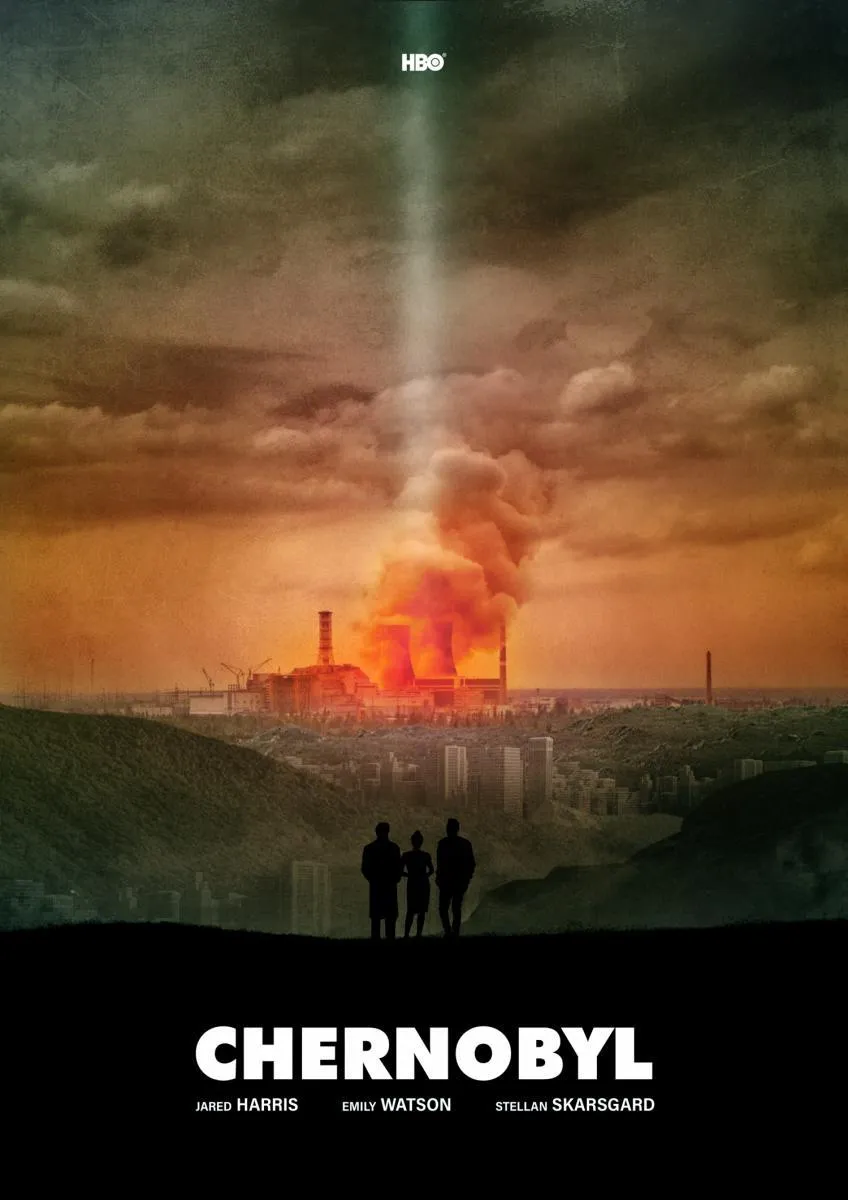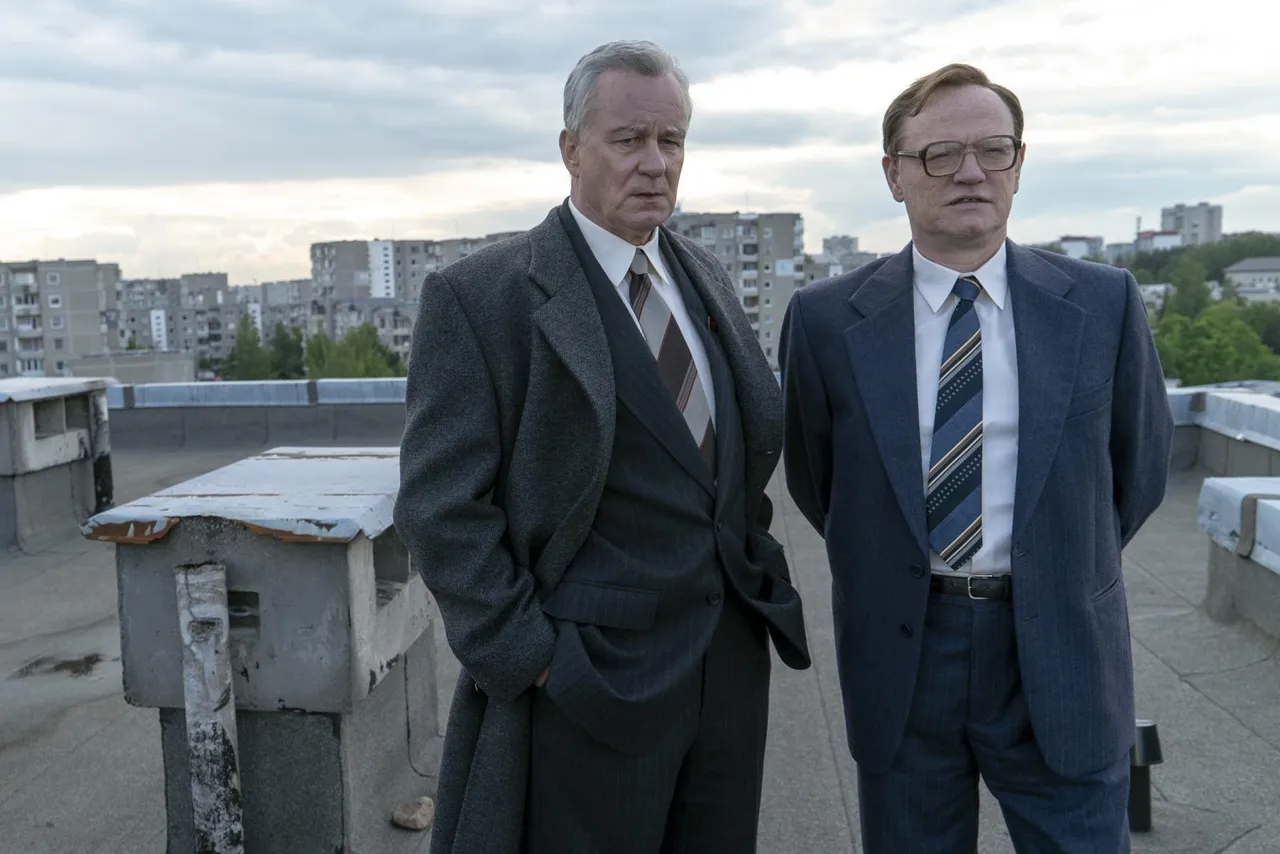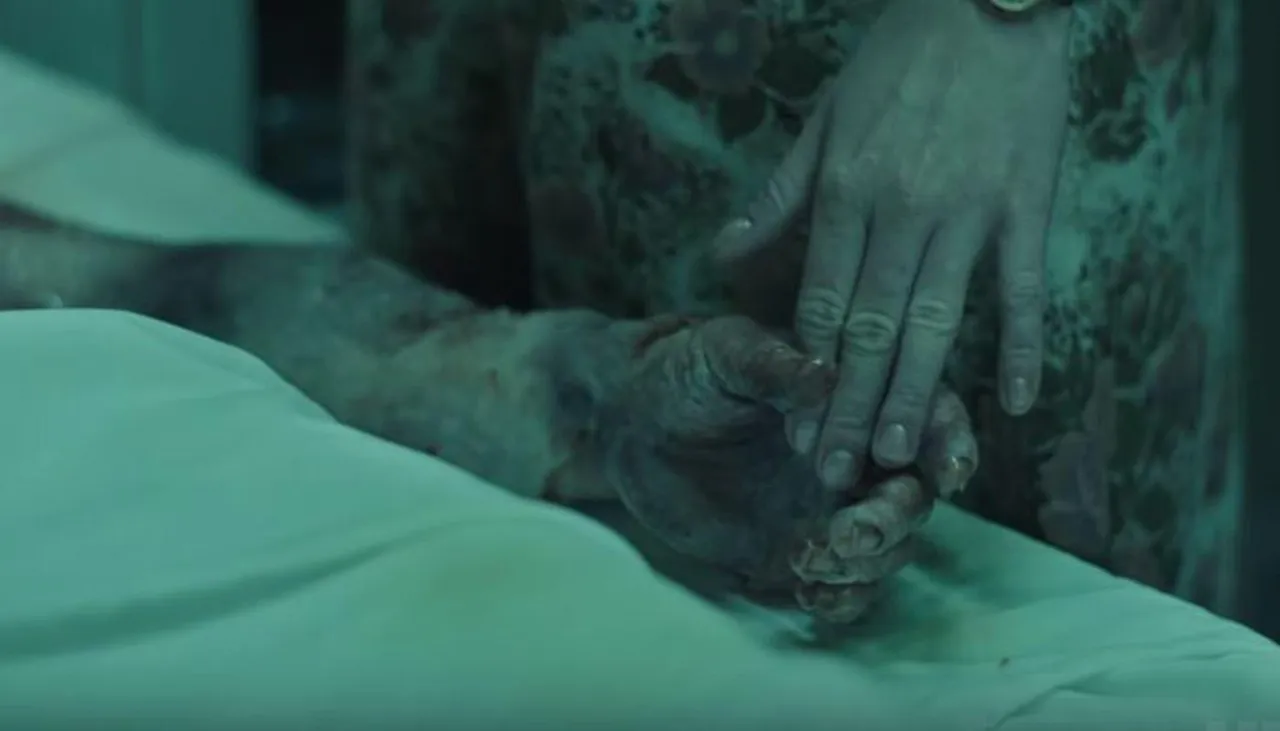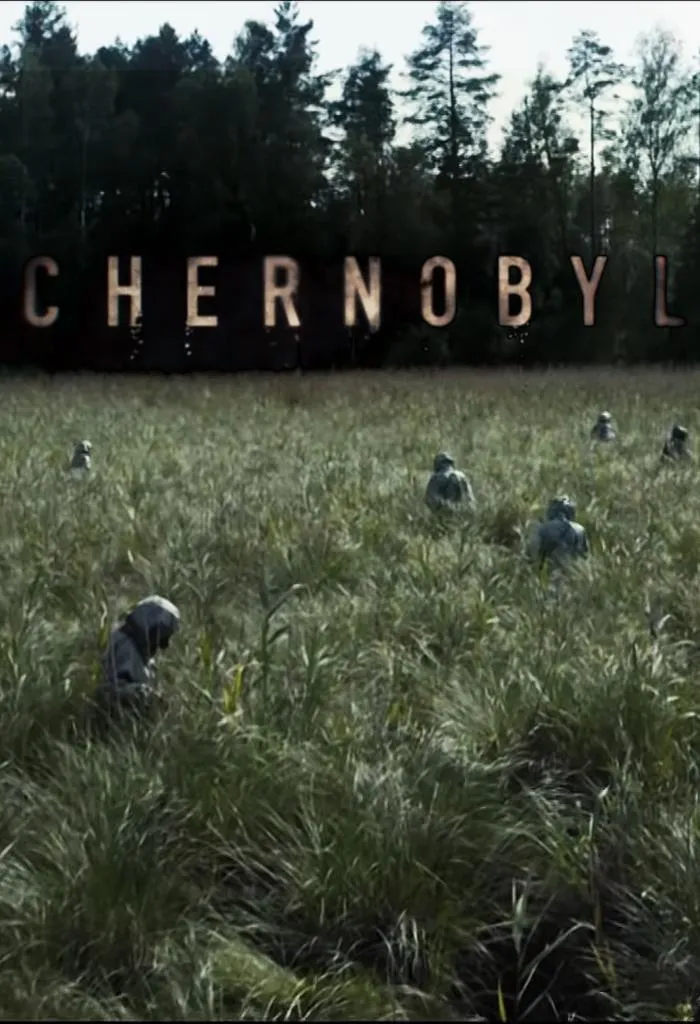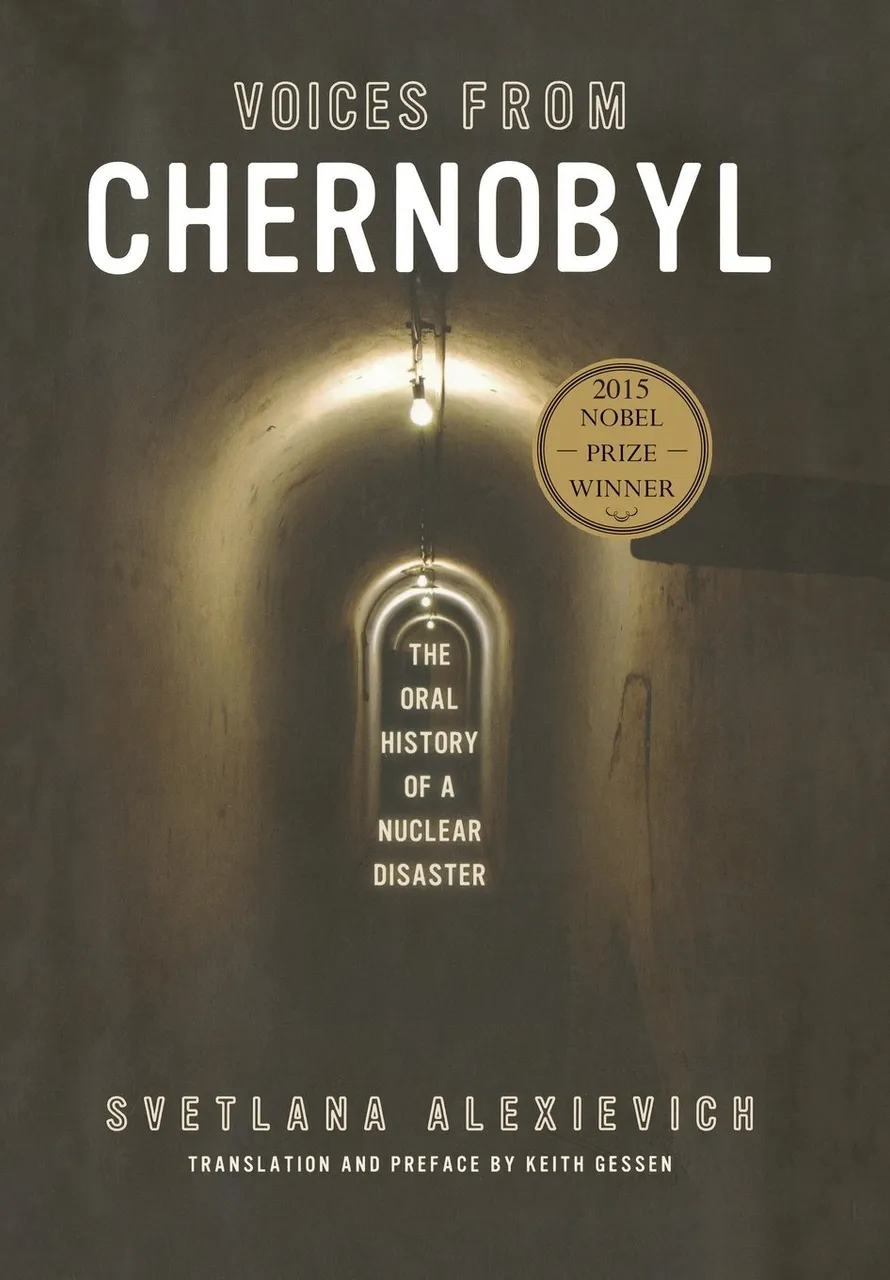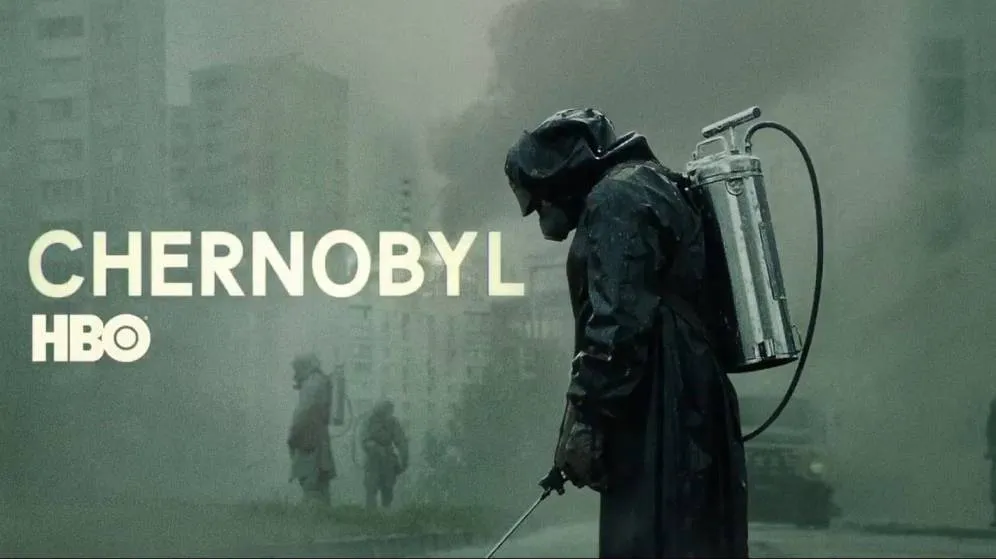
Una de las mini series más premiadas de los últimos años
Just after finishing the final chapter of this mini-series, I asked myself the obligatory question of the case: why hadn't I seen it before? It's true that I am a man more of movies than of series, but right in the middle of both is the mini series format that I quite like and within which I saw Unorthodox, Inconceivable and The Queen's Gambit, but until a couple of days ago I didn't had seen what is, perhaps, the best mini series I have ever seen.
Justo después de haber terminado el capítulo final de esta mini serie, me hice la pregunta obligada del caso: ¿por qué no la había visto antes? Es cierto que soy un hombre más de películas que de series, pero justo en medio de ambas está el formato de mini series que me gusta bastante y dentro del cual vi Unorthodox, Inconceivable y The Queen's Gambit, pero hasta hace un par de días no había visto la que es, tal vez, la mejor mini serie que he visto.
As it is a story based on real events, there doesn't seem to be the possibility of spoilers: we all know what happened. Now, since despite being based on true events, there is still room to manipulate certain things and modify some of those events and characters for the good of the screen adaptation, I'll try not to give too many spoilers out of consideration for those who haven't seen it (which should not be many).
On April 26, 1986, the Chernobyl Nuclear Power Plant in Ukraine (which then belonged to the Soviet Union) suffered a massive explosion that released radioactive material over a vast territory, encompassing what is now Ukraine, Belarus and Russia, as well as from other parts of Scandinavia and Central Europe. It was one of the greatest catastrophes in the history of mankind. Barely four decades after the end of World War II, nuclear power was once again demonstrating its devastating power and wide reach.
Como se trata de una historia basada en hechos reales, no pareciera haber la posibilidad de hacer spoilers: todos sabemos lo que ocurrió. Ahora, como a pesar de estar basada en acontecimientos reales, aún así hay espacio para manipular ciertas cosas y modificar algunos de esos hechos y personajes para el bien de la adaptación en pantalla, trataré de no dar muchos spoilers por consideración a quienes no la hayan visto (que no deben ser muchos).
El 26 de abril de 1986, la Central Nuclear de Chernóbil, en Ucrania (que entonces pertenecía a la Unión Soviética), sufrió una explosión masiva que liberó material radioactivo en un extenso territorio, abarcando lo que hoy son Ucrania, Bielorrusia y Rusia, además de otras zonas de Escandinavia y Europa Central. Se trató de una de las mayores catástrofes en la historia de la humanidad. Apenas cuatro décadas después del final de la segunda guerra mundial, nuevamente la energía nucleaar demostraba su devastador poder y amplio alcance.
In five episodes of approximately one hour each, Chernobyl, created and written by Craig Mazin and directed by Johan Renck, recounts from multiple points of view what happened before, during and after an event as critical as this explosion was.
En cinco episodios de aproximadamente una hora de duración cada uno, Chernobyl, creada y escita por Craig Mazin y dirigida por Johan Renck, relata desde múltiples puntos de vista lo que ocurrió, antes, durante y después de un acontecimiento tan crítico como lo fue esta explosión.
What exactly happened? what caused the tragedy? A nuclear reactor that had apparently been operating normally for some time suddenly explodes from its very core, how? why? and also who are responsible? The Vladimir Ilyich Lenin nuclear power plant was neither the first nor the only one built in Russia or in the world. Fusion reactors couldn't be said to be a tame beast, but they weren't an unknown enemy either. The risks were known, it was known how they should be built, many others had been built smoothly, what happened then? The accident that occurred in 2011 at the Fukushima nuclear power plant occurred after a magnitude 9.0 earthquake that also caused a tsunami on the northeast coast of Japan, but in Chernobyl there was no earthquake, no enemy attack, what went wrong?
¿Qué ocurrió exactamente? ¿qué causó la tragedia? Un reactor nuclear que llevaba ya algún tiempo funcionando aparentemente con total normalidad, de pronto estalla desde su mismísimo núcleo, ¿cómo? ¿por qué? y también ¿quiénes son los responsables? La central nuclear Vladímir Ilich Lenin no era la primera ni la única construida en Rusia ni en el mundo. No podría decirse que los reactores de fusión fuesen una bestia amansada, pero tampoco eran un enemigo desconocido. Se conocían los riesgos, se sabía cómo debían construirse, se habían construido muchos otros sin sobresaltos, ¿qué ocurrió entonces? El accidente ocurrido en 2011 en la central nuclear Fukushima se produjo después de un terremoto de magnitud 9,0 que además provocó un tsunami en la costa noreste de Japón, pero en Chernóbil no hubo ningún terremoto, ningún ataque enemigo ¿qué salió mal?
The main characters of the series are Valeri Legasov (Jared Harris), the scientist, and Boris Shcherbina (Stellan Skarsgård), the politician. Both carry the greatest burden of the plot because they were the ones who directly devised the plans to control the catastrophe. They were advised by many others, including Uliana Jomyuk (a fictional character played by Emily Watson) and of course the tasks in the field, the entire operational part, were in charge of other people, but without Legasov and Shcherbina, the tragedy would have been even greater, although it seems difficult to imagine.
Los personajes principales de la serie son Valeri Legasov (Jared Harris), el científico, y Boris Shcherbina (Stellan Skarsgård), el político. Ambos llevan la mayor carga de la trama porque fueron quienes directamente idearon los planes de control de la catástrofe. Fueron asesorados por muchos otros, entre ellos Uliana Jomyuk (un personaje ficticio interpetado por Emily Watson) y por supuesto que las tareas en terreno, toda la parte operativa, estuvo a cargo de otras personas, pero sin Legasov y Shcherbina, la tragedia hubiera sido aún mayor, aunque parezca difícil de imaginar.
The series shows very well all the effort and sacrifice that was necessary to control the consequences of the explosion: firefighters, miners, workers, soldiers, thousands of citizens dedicated themselves to the task of extinguishing the flames, cleaning the land and preventing materials from Radioactives will leak into the ground contaminating the river waters. With the explosion, not only uranium dioxide was released, but also a large number of elements and chemicals used within the plant and the core to balance the fusion process: boron, europium, erbium, zirconium and graphite were all expelled, radioactive and/or toxic materials and in abundant quantity, the equivalent of about 500 times the atomic bomb dropped by the United States on Hiroshima in 1945. The environmental consequences of the catastrophe are measured in centuries, the human losses caused directly or indirectly, are counted in thousands and that feeling of sadness that overwhelms us when we know how devastating that event was adds another feeling: impotence, when we understand why what happened happened.
La serie muestra muy bien todo el esfuerzo y sacrificio que fue necesario para controlar las consecuencias de la explosión: bomberos, mineros, obreros, soldados, miles de ciudadanos se entregaron a la tarea de extinguir las llamas, limpiar el terreno y evitar que los materiales radioactivos se filtraran al suelo contaminando las aguas del río. Con la explosión no sólo se liberó dióxido de uranio, sino también una gran cantidad de elementos y químicos utilizados dentro de la central y del núcleo para equilibrarr el proceso de fusión: boro, europio, erbio, circonio y grafito fueron expulsados, todos ellos materiales radiactivos y/o tóxicos y en cantidad abundante, lo equivalente a unas 500 veces la bomba atómica arrojada por Estados Unidos en Hiroshima en 1945. Las consecuencias ambientales de la catástrofe se miden en siglos, las pérdidas humanas causadas directa o indirectamente, se cuentan en miles y a ese sentimiento de tristeza que nos embarga cuando conocemos lo devastador que fue dicho evento se suma otro sentimiento: la impotencia, cuando entendemos por qué pasó lo que pasó.
The way the Soviet government initially underestimated the situation through the arrogance of not acknowledging that they had done something wrong was well portrayed on screen. From the workers at the plant, to the politicians in high places, the Russian spirit was firm that it was impossible for something like this to have happened, for something to have gotten out of hand. And then, when the truth was evident, they sought to silence those who told it, not only because it meant that they had to admit that they had been wrong, but because it was necessary to avoid at all costs that the world found out what had happened, especially the enemy. number one in the Soviet Union during the cold war: the United States. That secrecy, that desire to control the truth leaking abroad, and even to its own citizens (something they had also done with the war in Afghanistan), ended up causing many more deaths than would have occurred if they had acted with urgency from the start.
En la pantalla se retrató muy bien la forma en que el gobierno soviético subestimó la situación en un principio por la arrogancia de no reconocer que habían hecho algo mal. Desde los operarios de la central, hasta los políticos de las altas esferas, el espíritu ruso mantenía la firmeza de que era imposible que algo así hubiera ocurrido, de que algo se les hubiera salido de las manos. Y luego, cuando la verdad era evidente, se buscó silenciar a quienes la contaban, no sólo porque significaba que debían reconocer que habían estado equivocados sino porque había que evitar a toda costa que el mundo se enterase de lo que había pasado, especialmente el enemigo número uno de la Unión Soviética durante la guerra fría: los Estados Unidos. Ese secretismo, ese afán de controlar que la verdad se filtrara al exterior, e incluso, a sus propios ciudadanos (algo que habían hecho también con la guerra de Afganistán), terminó provocando muchas más muertes que las que hubieran ocurrido si se hubiera actuado con urgencia desde el inicio.
The other main feature that I liked about the series was the montage, the handling of tension and the use of non-linear time, everything was brilliantly executed. Also helping is the fact that the miniseries is largely based on local memories of Pripyat, the city closest to the nuclear power plant, told by Nobel Prize-winning Belarusian writer Svetlana Aleksievich in her book Voices from Chernobyl, a work with an incredible documentary value and whose reading helps to delve even deeper into what the series shows in its little more than five hours of duration. Truly I tell you, if any of you to this day have not yet seen Chernobyl, do not wait any longer. It is undoubtedly one of the best mini series ever made (it was awarded 10 Emmys, 9 BAFTAs, 2 Golden Globes) of one of the worst episodes in our history.
El otro rasgo principal que me gustó de la serie fue el montaje, el manejo de la tensión y el uso de un tiempo no lineal, todo fue ejecutado de forma brillante. También contribuye el hecho de que la miniserie se base en gran parte en los recuerdos locales de Prípiat, la ciudad más cercana a la central nuclear, contados por la escritora bielorrusa ganadora del Premio Nobel de Literatura Svetlana Aleksiévich en su libro Voces de Chernóbil, una obra con un valor documental increíble y cuya lectura ayuda a profundizar aún más en lo que la serie muestra en sus poco más de cinco horas de duración. En verdad les digo, si acaso alguno de ustedes al día de hoy aún no ha visto Chernóbyl, no esperan más. Sin duda es una de las mejores mini series que se han hecho (fue premiada con 10 Emmys, 9 BAFTA, 2 Golden Globes) de uno de los peores episodios de nuestra historia.
